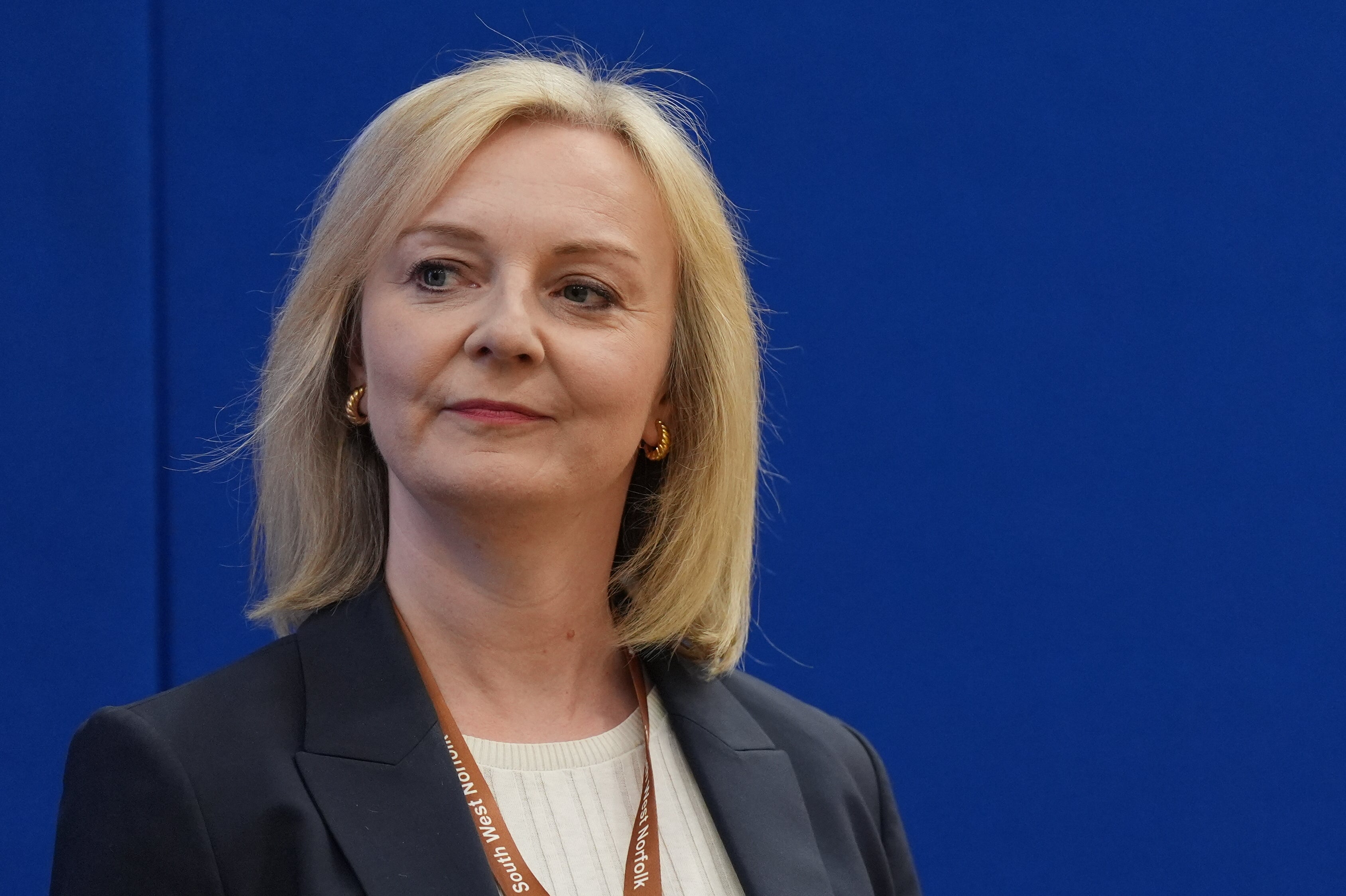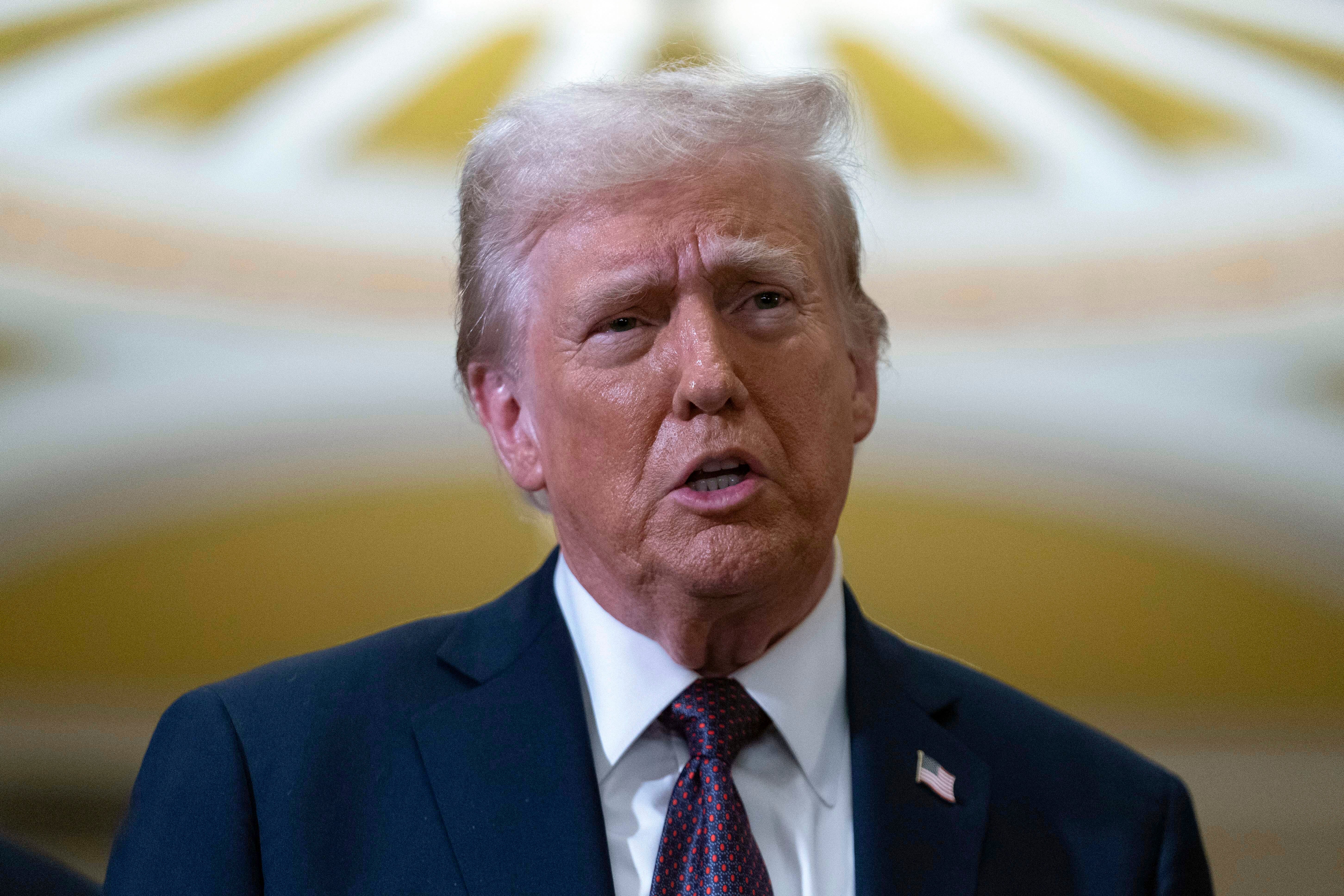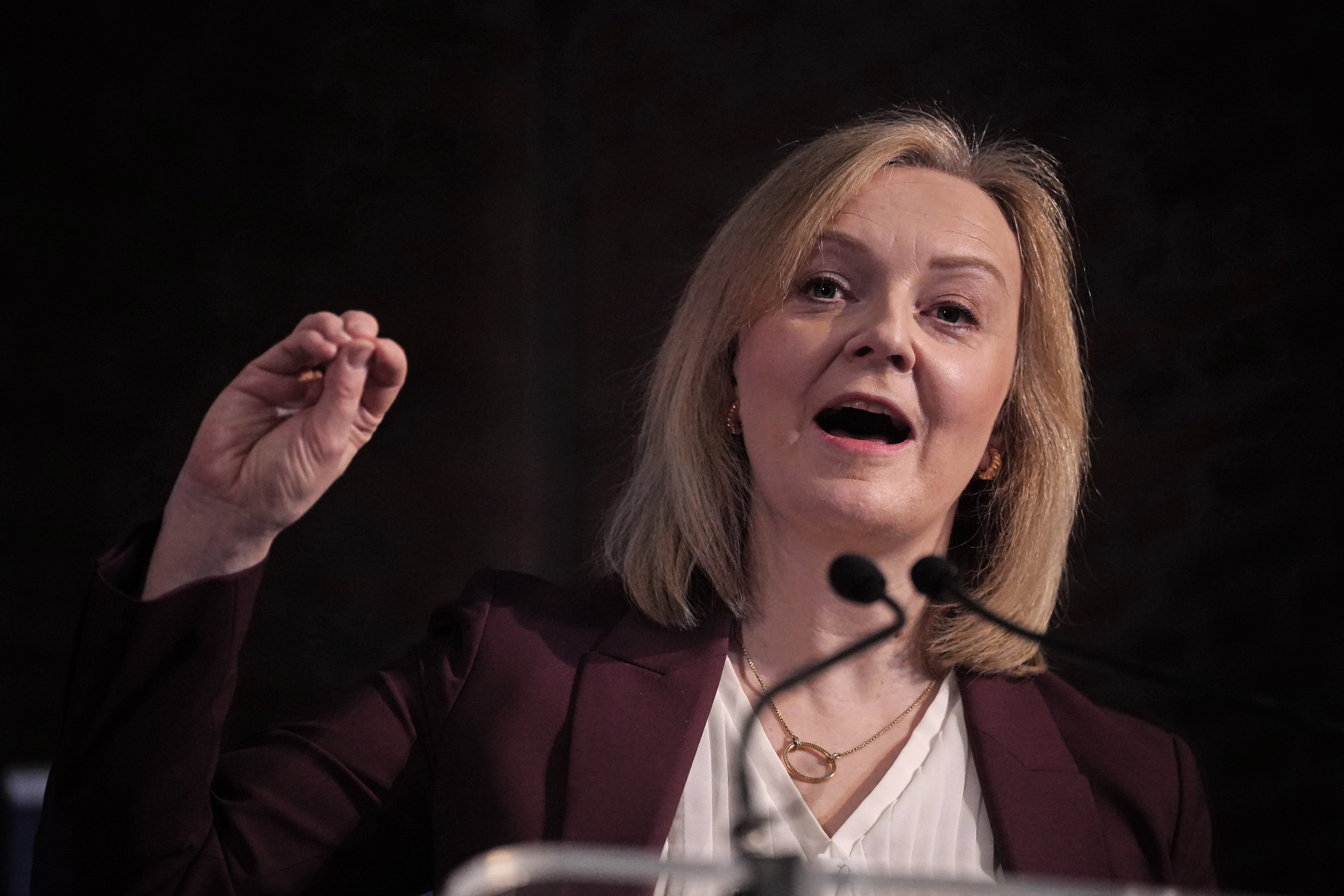The cost of government borrowing has soared in recent days, triggering a sharp decline in the pound and raising concerns about the UK’s economic outlook.
The surge, reflected in rising yields on UK government bonds (gilts), has evoked unsettling memories of last year’s market turmoil following Liz Truss’s disastrous “mini-budget.”
Gilt yields have reached levels unseen in decades, driven by anxieties over sustained high government borrowing and broader economic uncertainties. The pound, feeling the pressure, has plummeted to its lowest level against the US dollar in over a year.
This situation presents a significant challenge for Chancellor Rachel Reeves, who now faces increased pressure to stabilise the markets and reassure investors. The rising borrowing costs could limit the government’s ability to fund public services and invest in key areas like infrastructure and green energy.

Here we look at what is happening with gilts and why this is bad news for the Labour Government:
What are bonds and bond yields?
Bonds are loans that investors make to a bond issuer and can be issued by companies or governments to raise money.
The yield on a bond is the amount of money an investor receives for owning the debt and is represented as a percentage of its price. When a bond price falls, its yield rises.
Yields rise when investors are less willing to own the debt, meaning they will pay a lower price for the bonds.
The yield on long-term 30-year gilts have jumped to their highest level since 1998, while 10-year gilts have also risen to highs not seen since the 2008 financial crisis.
The rout has been sparked by concerns over Britain’s extra borrowing and the rising threat of “stagflation”, where the economy is weighed down by rising inflation and stalling growth.
Globally, there has also been a wider sell-off in government bonds in recent months in the face of worries that US President-elect Donald Trump could introduce a tariff policy which would be inflationary for many international economies.

US treasury yields have also been moving firmly higher after reports of resilience in the US economy have cast doubts over expectations for further cuts to interest rates.
The woes in the UK have been compounded by concerns over the knock-on effect in the economy of Labour’s recent budget measures, with fears that moves to hike wage costs for companies will lead to higher prices and stifle growth.
The yield on gilts is a proxy for the effective interest rate on public borrowing – meaning that rising yields equal higher borrowing costs.
It has also threatened to derail Labour’s fiscal plans, with economists warning that the Chancellor could be forced into further tax hikes or cuts to spending plans to meet UK fiscal rules after the jump in Government borrowing costs.
The rise in the cost of servicing Government debts could cut into Labour’s expected financial headroom in a potentially worrying sign of how investors see fiscal sustainability in the UK.
After the autumn budget, Ms Reeves was left with only £9.9 billion of headroom to meet her revised fiscal rules, but she has committed to having only one fiscal tax-changing event a year, suggesting she may have to resort to spending cuts.
Is it really as bad as the mini budget chaos?
While the current gilt sell-off is bringing back bad memories of the mini budget market turmoil, the pound’s falls are nowhere near as steep as those seen in 2022, when sterling fell to its lowest level against the US dollar since 1985.

The Bank of England was forced to step in at the time with emergency bond buying, as it also sparked concerns over the balance sheet strength of many UK pension funds caused by the gilt sell-off.
But Treasury minister Darren Jones told the Commons on Thursday in response to an urgent question that there was “no need for an emergency intervention” this time around and sought to soothe fears over the markets’ reaction.
Russ Mould, investment director at AJ Bell said: “Investors are worried about extra borrowing by the Government to achieve its plans.
“However, it is worth noting that the pound remains considerably stronger than when Liz Truss briefly ran the country.
“The UK is also not alone in seeing a higher cost of borrowing for the Government as the US has also seen higher yields.”













